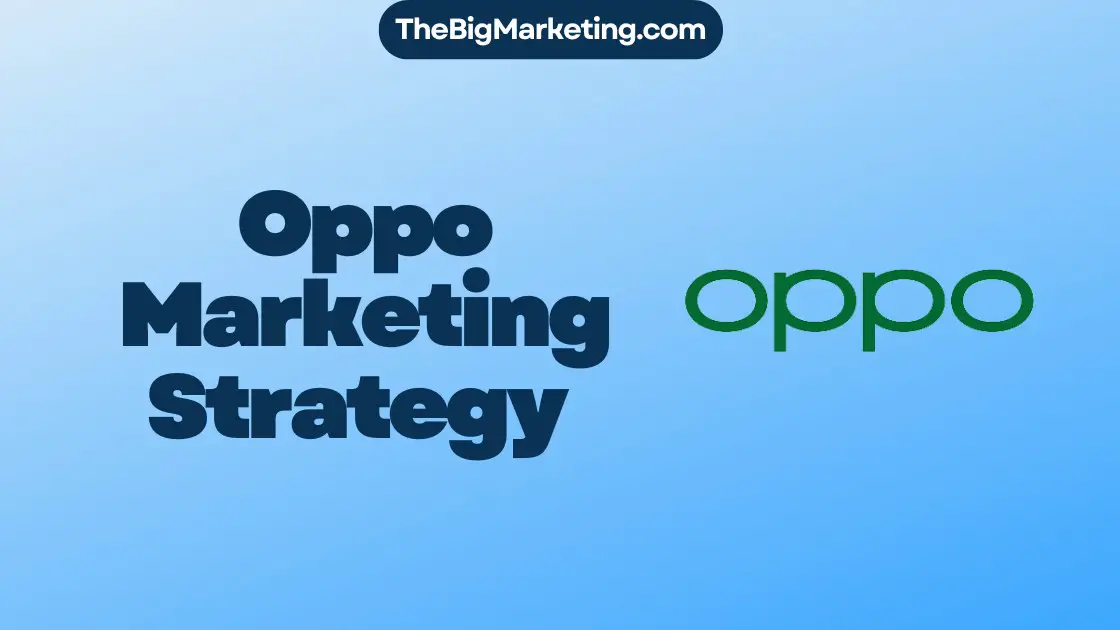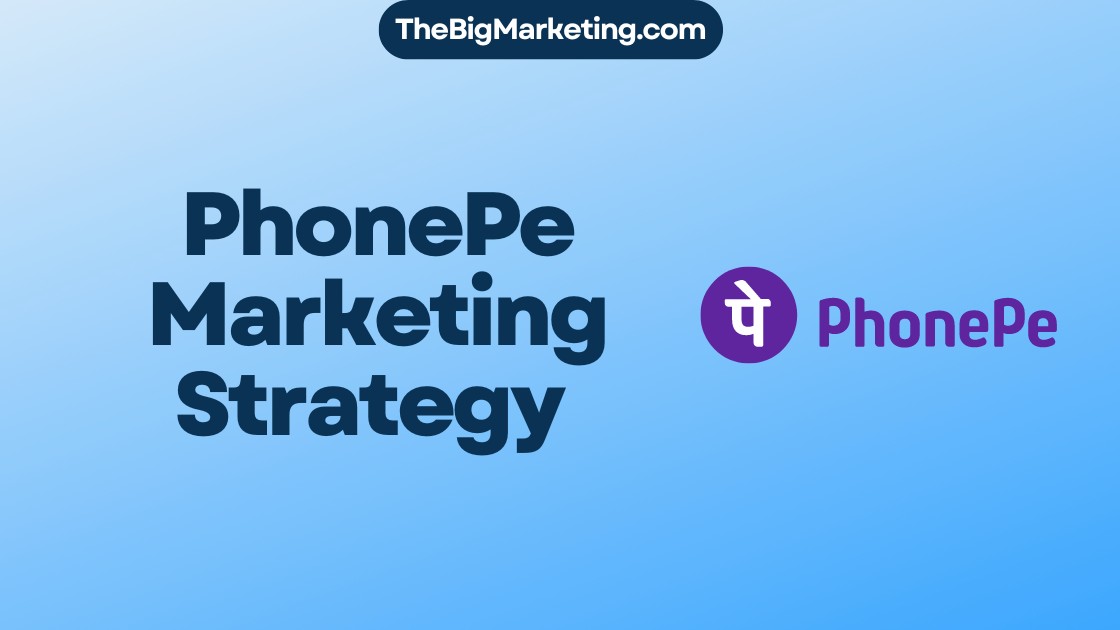Research has shown that email marketing is an efficient strategy for increasing sales, customer engagement, and retention. To handle the volume of emails, businesses need to enlist the help of an email service provider (ESP).
An ESP is software that allows you to send email campaigns to a list of subscribers and offers various functionalities such as email and marketing automation, lead capture forms, A/B testing, website tracking, and audience segmentation. It is essential to choose an ESP with a mobile-friendly design, email templates, integrations with other systems, and email series capabilities.
Key Takeaways:
- Email Service Providers (ESPs) play a crucial role in enhancing email marketing strategies.
- An ESP is software that enables businesses to send targeted and automated email campaigns.
- ESPs offer various functionalities such as email and marketing automation, lead capture forms, A/B testing, and audience segmentation.
- Choosing the right ESP is important and factors like mobile-friendly design, email templates, integrations, and email series capabilities should be considered.
- ESP integration with other systems can streamline marketing efforts and provide additional data for optimization.
The Benefits of Using ESP in Marketing
One of the main benefits of using an ESP in marketing is the ability to send personalized and targeted emails to your subscribers, which helps improve customer engagement and brand loyalty. By leveraging an ESP’s advanced features and capabilities, businesses can develop a more effective email marketing strategy.
ESP providers offer a range of tools and functionalities that allow businesses to automate email campaigns based on user activities. This means that businesses can nurture new subscribers and design customized automated campaigns that are triggered by specific actions or behaviors. By sending relevant and timely emails to subscribers, businesses can increase their chances of conversion and retention.
ESP platforms also provide features like batch sending, communication and compliance tools, and building and segmenting subscriber lists. These features allow businesses to streamline their email marketing efforts and ensure that they are reaching the right audience with the right message. With customizable responsive email templates, businesses can create visually appealing emails that are optimized for different devices, enhancing the overall user experience.
Benefits of Using ESP in Marketing:
- Personalization: ESPs enable businesses to personalize emails and tailor them to the specific interests and needs of individual subscribers.
- Targeting: ESPs offer advanced segmentation capabilities, allowing businesses to target specific groups of subscribers with relevant content.
- Automation: ESPs automate the sending of emails based on user actions or behaviors, saving time and resources.
- Efficiency: ESPs streamline the email marketing process by providing tools and features that simplify list management, campaign execution, and tracking.
- Analytics: ESPs provide detailed analytics and reporting, allowing businesses to measure the effectiveness of their email marketing campaigns and make data-driven decisions.
Overall, using an ESP in marketing can significantly enhance a business’s email marketing strategy. The ability to send personalized and targeted emails, automate campaigns, and access advanced features and functionalities can lead to improved customer engagement, increased brand loyalty, and ultimately, better results.
Top ESP Providers in Marketing
When it comes to email marketing, selecting the right Email Service Provider (ESP) is crucial for the success of your campaigns. To help you make an informed decision, here are some of the top ESP providers in marketing:
| ESP Provider | Key Features |
|---|---|
| 1. Mailchimp | Easy-to-use interface, customizable templates, marketing automation, A/B testing |
| 2. ConvertKit | Subscriber segmentation, visual automation builder, customizable landing pages |
| 3. Constant Contact | Email templates, contact management, list segmentation, social media integration |
| 4. SendinBlue | Drag-and-drop email designer, marketing automation, transactional email |
| 5. HubSpot | Email marketing, customer relationship management, marketing automation |
These ESPs offer a range of features and functionalities to meet the diverse needs of businesses. Whether you’re a small startup or a large enterprise, these providers can help you craft engaging email campaigns and drive meaningful results.
How Does ESP Work in Marketing?
Email Service Providers (ESPs) serve as a vital connection between businesses and their target audience, enabling marketers to effectively deliver the right emails to the right people at the right time. ESPs provide dedicated software and hardware solutions to streamline email delivery and facilitate communication. Let’s explore the key features and functionalities that make ESPs invaluable in marketing:
Batch Sending
ESPs enable marketers to send emails in large quantities, simplifying the process of reaching a vast subscriber base efficiently and effectively. This feature eliminates the need for manual, time-consuming email sending, allowing businesses to maintain consistent communication with their audience.
Communication and Compliance Tools
To comply with legal requirements and email marketing regulations, ESPs offer various tools and features. These tools aid in managing communication by providing functions such as unsubscribe links and company address inclusion, ensuring businesses adhere to industry standards and maintain a positive sender reputation.
Building and Segmenting Subscriber Lists
ESPs allow marketers to establish and manage subscriber lists, empowering businesses to organize their audience based on specific criteria. Segmenting subscriber lists based on demographics, interests, and behaviors enables marketers to deliver highly targeted and personalized email campaigns, resulting in increased engagement and improved campaign effectiveness.
| ESP Features | Benefits |
|---|---|
| Customizable Responsive Email Templates | Enhances brand consistency and visual appeal, ensuring a positive user experience. |
| Automated Triggered Email Campaigns | Nurtures leads and engages subscribers by delivering tailored content based on user actions and preferences. |
| Allowlisting Services | Minimizes the risk of emails being flagged as spam, improving deliverability and reaching the intended audience. |
| Monitoring Analytics and Engagement | Enables businesses to measure email campaign performance, track user engagement, and make data-driven decisions to optimize future email strategies. |
| A/B Testing | Facilitates experimentation and optimization by testing email content variations, leading to improved open rates, click-through rates, and conversions. |
| Integration with Other Platforms | Seamlessly connects the ESP with other marketing tools and systems, enabling businesses to leverage additional data and enhance their overall marketing strategy. |
By leveraging the features and capabilities offered by ESPs, businesses can effectively leverage email marketing to engage their target audience and drive results. ESPs streamline email communications, help maintain legal compliance, enable personalized and targeted email campaigns, and provide valuable insights through analytics and integration with other platforms.
ESP vs CRM in Marketing
When it comes to marketing, both ESPs (Email Service Providers) and CRMs (Customer Relationship Management) systems play vital roles. However, it’s important to understand that these two platforms serve distinct purposes in the overall marketing strategy.
An ESP primarily focuses on email marketing, providing businesses with tools to send and manage email campaigns, as well as nurture subscriber relationships. With an ESP, marketers can craft personalized and targeted emails, ensuring better engagement and enhanced brand loyalty. These platforms offer features like batch sending, customizable templates, and automated campaigns, empowering businesses to optimize their email marketing strategies.
On the other hand, a CRM system is designed to manage customer data and provide a holistic view of the customer journey. It helps businesses track and analyze interactions with customers across various touchpoints, allowing for a more personalized and data-driven approach. CRMs provide valuable insights into customer behavior and preferences, aiding in successful customer engagement and sales conversion.
While some ESPs may offer limited CRM functionalities, they primarily excel in the realm of email marketing. That’s why many businesses opt to use ESPs and CRMs in conjunction to create a comprehensive marketing strategy. By integrating the two platforms, businesses can capitalize on the strengths of each system, leveraging customer data from the CRM and executing targeted email campaigns through the ESP.
Benefits of Using ESP and CRM Together
When ESPs and CRMs are integrated, businesses can enjoy numerous advantages:
- Seamless Customer Journey: By combining the power of ESPs and CRMs, businesses can provide a cohesive and personalized experience to their customers throughout their journey. They can deliver tailored email campaigns based on customer preferences and behaviors tracked in the CRM.
- Enhanced Data Insights: Integrating ESPs and CRMs allows for a more comprehensive view of customer interactions. Marketers can leverage valuable data from the CRM to refine their email marketing strategies and create more targeted campaigns.
- Efficient Workflow: Integrations between ESPs and CRMs streamline the marketing process, eliminating the need for manual data transfers. This saves time and minimizes the risk of errors, ensuring a smooth workflow for marketers.
Overall, while ESPs and CRMs offer distinct functionalities, their integration enables businesses to leverage the strengths of both platforms, creating a powerful marketing strategy that fosters customer engagement, drives conversions, and enhances brand loyalty.
Choosing the Right ESP for Your Business
When it comes to selecting an Email Service Provider (ESP) for your business, it’s essential to consider various factors to ensure you choose the right one. By evaluating your specific marketing goals, the number of contacts you have or plan to collect, and the functionalities provided by different ESPs, you can make an informed decision that aligns with your business needs.
Here are key considerations when choosing an ESP:
- User-friendly Interface: Look for an ESP that offers an intuitive interface, making it easy for you and your team to navigate and utilize the platform efficiently.
- Customizable Templates: A good ESP should provide a wide range of customizable email templates that allow you to create visually appealing and on-brand emails.
- Integration Options: Check if the ESP integrates seamlessly with other software programs you use, such as customer relationship management (CRM) systems, e-commerce platforms, and marketing automation tools. This integration ensures smooth data flow and enhances your overall marketing strategy.
- Specific Needs and Goals: Evaluate your unique requirements and ensure that the ESP you choose can meet them. Consider factors such as the ability to handle large email volumes, advanced segmentation capabilities, and support for multiple languages.
- Pricing: Compare the pricing plans offered by different ESPs and determine which one aligns with your budget and expected return on investment.
- Customer Support: Assess the level of customer support provided by the ESP. Look for options like dedicated account managers, 24/7 technical support, and a comprehensive knowledge base or help center.
- Scalability: Consider your business’s future growth. Choose an ESP that can scale along with your business, accommodating increased email volumes and additional features as your needs evolve.
By considering these factors, you can select the right ESP that empowers your business to execute effective email marketing campaigns and achieve your marketing objectives.
| ESP Provider | Features | Pricing | Integration Options |
|---|---|---|---|
| Mailchimp | Email automation, customizable templates, audience segmentation | Free plan available, paid plans start at $9.99/month | Integrations with popular CRM systems, e-commerce platforms, and marketing automation tools. |
| Constant Contact | Email templates, automated email campaigns, list segmentation | Pricing starts at $20/month | Integration options include Shopify, WooCommerce, Salesforce, and more. |
| Sendinblue | Drag-and-drop email builder, marketing automation, CRM integration | Free plan available, paid plans start at $25/month | Integrates with popular CMS platforms like WordPress and Joomla, as well as CRM platforms like Salesforce. |
ESP Best Practices in Marketing
To make the most of your ESP in marketing, follow these best practices:
- Build a quality subscriber list by using lead magnets and non-intrusive pop-ups.
- Segment your subscriber list based on various factors like age, location, and income level to send relevant and personalized emails.
- Design visually appealing emails using customizable templates and ensure they are mobile-friendly.
- Use automation to trigger emails based on user behaviors for more targeted campaigns.
- Comply with email marketing regulations by including unsubscribe links and company addresses.
- Monitor analytics and engagement metrics to evaluate the success of your email campaigns and make data-driven decisions.
- Conduct A/B testing to optimize your email content and design.
- Integrate your ESP with other platforms to leverage additional data and optimize your marketing strategy.
By implementing these best practices, you can maximize the effectiveness of your email marketing campaigns and drive better results for your business. Now let’s dive deeper into each of these practices.
ESP Integration with Other Marketing Tools
Many ESPs offer integration options with popular marketing tools and platforms. By integrating your ESP with other tools, you can streamline your marketing efforts, gather more insights, and create a seamless customer experience across different channels. Some common integrations include:
- Google Analytics
- YouTube
- Shopify
- WordPress
Integrating your ESP with tools like Google Analytics allows you to track email campaign performance and gain valuable insights into subscriber behavior and engagement. By combining the power of video marketing with email campaigns, integrating your ESP with platforms like YouTube can help you engage your audience with compelling content. For businesses with an online store, integrating your ESP with an e-commerce platform like Shopify enables you to automate email campaigns triggered by customer actions, such as abandoned carts or purchase confirmations. Additionally, integrating your ESP with CMS platforms like WordPress allows you to create dynamic, personalized content for your email campaigns, tailored to your subscribers’ interests and preferences.
By leveraging ESP integration with other marketing tools, you can maximize the effectiveness of your email marketing strategy and deliver targeted, engaging content to your audience.
| Integration | Benefits |
|---|---|
| Google Analytics | Track email campaign performance and subscriber behavior |
| YouTube | Engage audience with video marketing |
| Shopify | Automate email campaigns triggered by customer actions |
| WordPress | Create dynamic, personalized content for email campaigns |
Conclusion
Email Service Providers (ESPs) are essential tools for enhancing email marketing strategies. They offer businesses the necessary functionalities and capabilities to send personalized, targeted, and automated email campaigns. By selecting the right ESP and implementing best practices, companies can optimize their email marketing efforts, enhance customer engagement, and achieve better results. It is crucial to consider specific marketing goals, analyze the features provided by different ESPs, and explore integration options to choose the most suitable ESP for your business.
With an ESP, businesses can improve their customer relationships by delivering personalized content and nurturing leads effectively. By segmenting their subscriber lists, designing visually appealing emails, utilizing automation, and monitoring performance metrics, companies can create highly targeted and engaging email campaigns. Additionally, integrating an ESP with other marketing tools allows businesses to gather valuable data insights and streamline their marketing efforts across multiple channels.
In conclusion, by leveraging the power of ESPs, businesses can unlock the full potential of their email marketing strategies. When combined with effective best practices, ESPs enable companies to establish meaningful connections with their audience, drive conversions, and achieve their marketing objectives. To make the most of ESPs, businesses should carefully evaluate their needs, choose a reputable provider, and continuously optimize their email campaigns based on analytics and industry trends.







